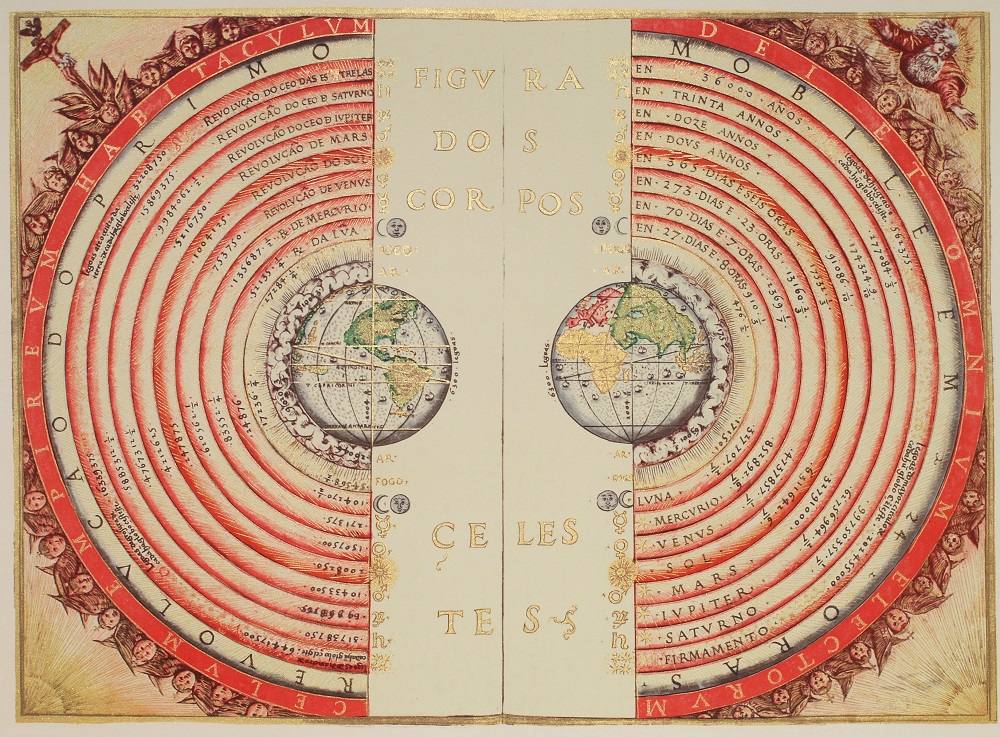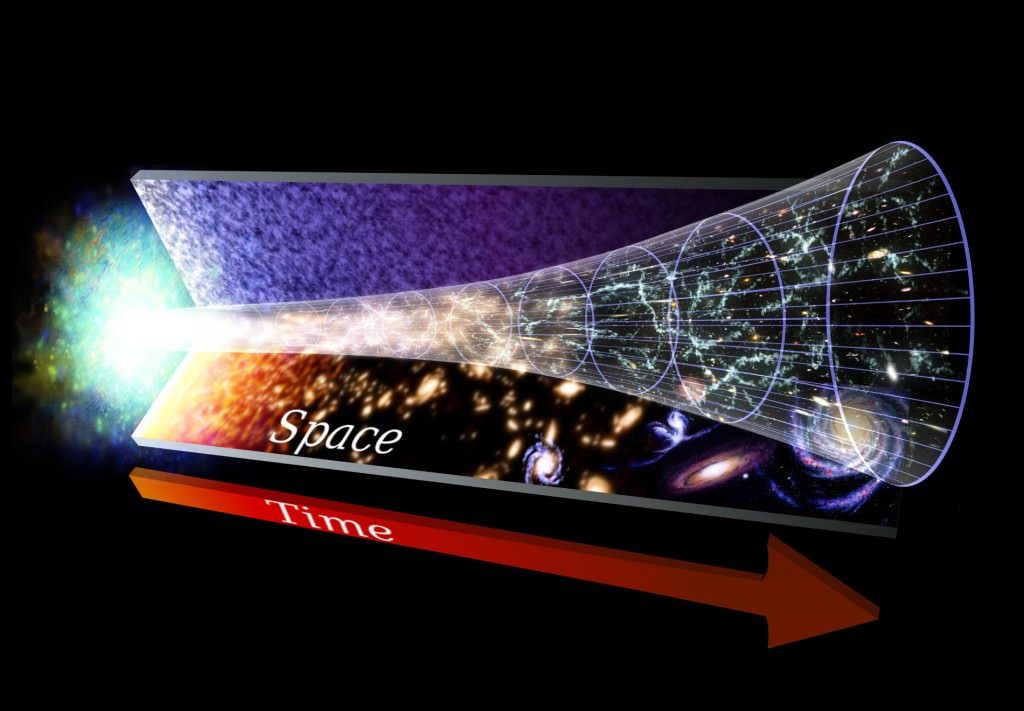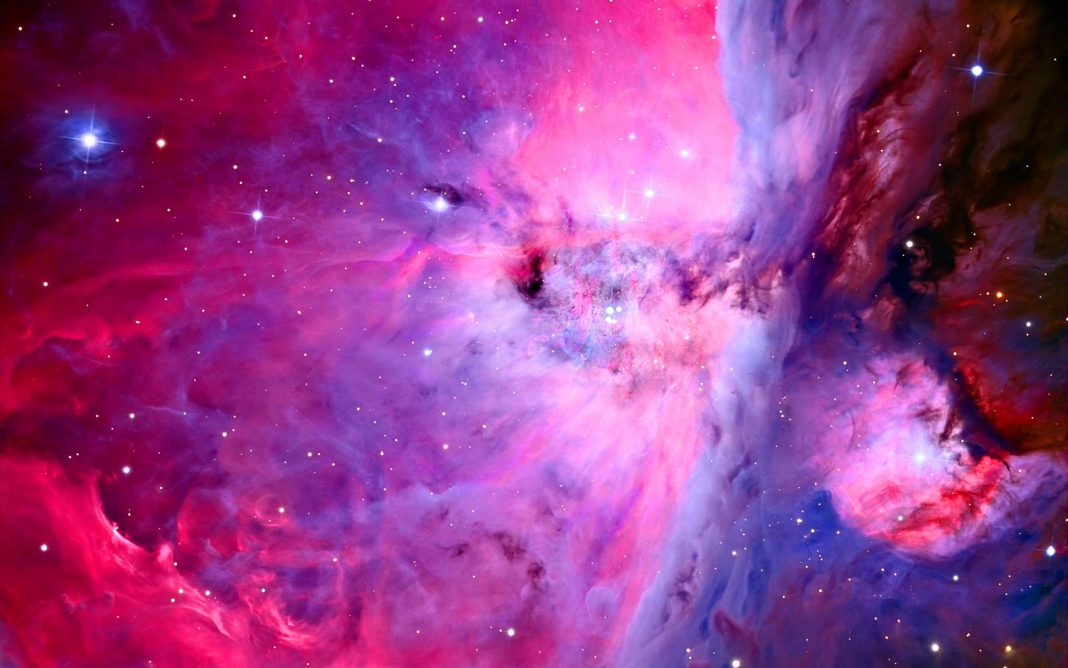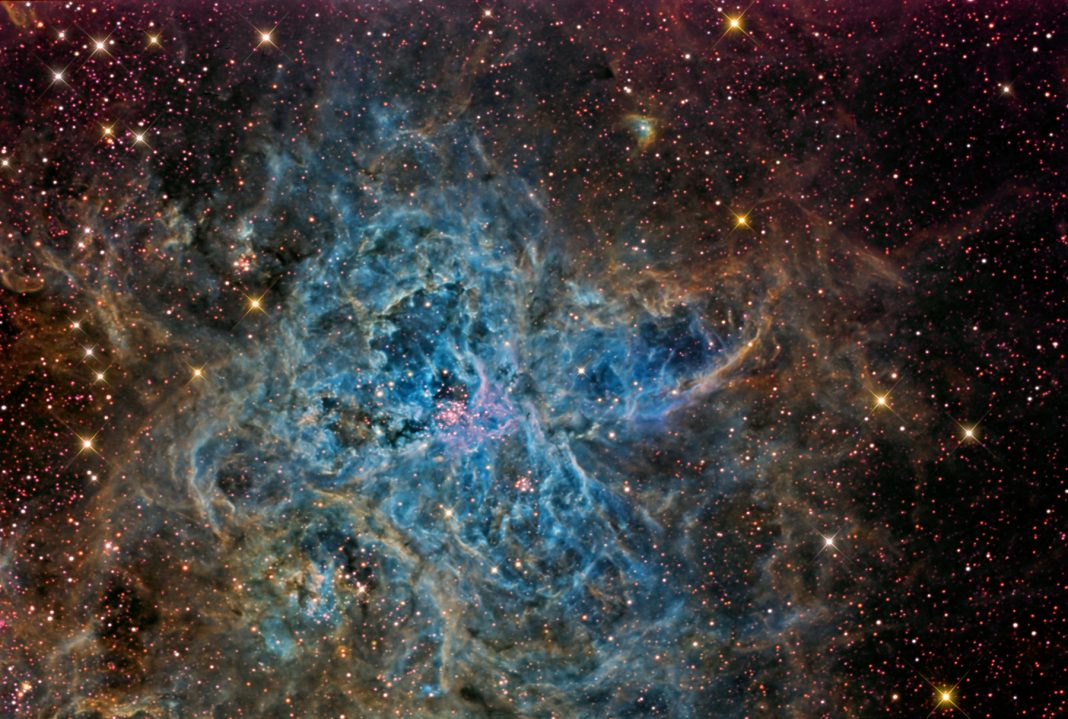The Universe is so immense and so vast that to be able to explain what it is in one or two sentences is physically impossible. In a very general term, the Universe is essentially everything in existence. No one knows for sure how it will end or how big it is but ongoing research and various studies have certainly given us some clues.
The Cosmos is a word that is often used as a way to describe the Universe and the two are used interchangeably. However, it’s also used to refer to all things within the Universe, such as the Milky Way, and various galaxies. Regarding modern science, it is referring to spacetime, the different forms of energy, and the physical laws that bind and govern them.
Many people are under agreement that the Universe began to expand around 13.8 billion years ago following the Big Bang. But, there are other theories out there too that seek to explain how it all began, including the Steady State Theory or the Oscillating Universe Theory. However, the majority stick with the Big Bang Theory as it can explain the origin of all known matter accounts for the expansion of the Universe on top of explaining the existence of the Cosmic Microwave Background and other phenomena.

While scientists can quite easily map out a timeline of events that occurred from just after the Big Bang until now, those first few seconds immediately after are what causes all the arguments. What we do know is that those initial moments after the event can be divided into three time periods: the Singularity Epoch, the Inflation Epoch, and the Cooling Epoch. The earliest known period is the Singularity Epoch (also known as the Planck Era). During this time, all matter was condensed on a single point of infinite destiny and extreme heat. At this time temperatures were low and the fundamental forces began separating from one another.
The Inflation Epoch began with the creation of the first fundamental forces where temperatures were high, and pressure gave rise to rapid expansion and cooling. During this period the Universe began to grow exponentially, and baryogenesis occurred. As a result, the predominance of matter over antimatter in the Universe took place. Then, the Cooling Epoch began, and the Universe continued to decrease in both density and temperature. The energy of particles also decreased while quarks and gluons combined to form protons and neutrons among other baryons.
Over the next several billion years after the Cooling Epoch, the Universe began to take shape in a period known as the Structure Epoch. It was during this time that visible matter was distributed among structures of varying sizes including stars, planets, and galaxies. The Lambda-Cold Dark Matter model is the standard model of Big Bang cosmology, and in it, dark matter particles move much slower compared to the speed of light. Under this model cold dark matter accounts for around 23% of the Universe, while baryonic matter accounts for less than 5%. The remainder is said to be made up of dark energy. The next phase of evolution in the Universe came in the form of an acceleration known as the Cosmic Acceleration Epoch. Exactly when this period began is still under debate, but it was roughly around 5 billion years ago (around 8.8 billion years after the Big Bang).

With the Universe being as big as it is, and given that it’s been expanding for billions of years, it’s hard to put an actual size to it. Most current models suggest that it’s around 91 billion light years in diameter, but as no one can see the edge, who knows? We do know that matter is distributed in a highly structured fashion and within galaxies, this includes planets, stars, and nebulas. It’s just the same at much larger scales too. Regarding shape, spacetime exists in as either a positively curved, negatively curved, or flat configuration. This is based on there being at least four dimensions (x, y, and z coordinate, and time) and will depend on the nature of the expansion as well as if the Universe is infinite or finite.
Ok, so now let’s think about the fate of the Universe and how it may someday end. Modern theories tend to include the existence of dark energy and have led scientists to believe that eventually all of our Universe will go beyond our event horizon and become invisible, leading to catastrophic outcomes. The field of astronomy has been studied since the time of the Ancient Babylonians. Greek and Indian scholars then added to the field which included work from Thales and Anaximander who believed everything was made of a primordial form of matter. The idea that the Universe consisted of four elements (fire, earth, water, and air) was first proposed by a westerner back in the 5th century BCE by Empedocles. It was also around this time that the idea the Universe composed of atoms came about and that all matter was in fact made up of energy.
The geocentric model of the Universe was composed between the 2nd millennium BCE and the 2nd century CE. We also saw astronomy and astrology continue to evolve during this time. Classical astronomy was expanded during the Middle Ages, and the idea behind the rotation of the Earth was first proposed. Some scholars even expanded on models of a heliocentric Universe. By the 16th century, the most developed model of a heliocentric Universe was created with thanks to Nicolaus Copernicus. He was backed up later in the 16th/17th century by mathematician, astronomer and inventor, Galileo when he showcased his observations.
Sir Isaac Newton also played a big part in the unfolding some of the Universe’s many mysteries using his theory of Universal Gravitation. A little later, in 1755, Immanuel Kant proposed the Milky Way was a large group of stars that was held together by gravity. In 1785, William Herschel tried to map out the Milky Way but was unaware that vast areas of the galaxy are masked by dust and gas clouds, hiding its true shape.
It wasn’t then until the 20th century that the next real discovery came and that was with thanks to Einstein’s theories of Special and General Relativity. These groundbreaking theories were also joined by the Equivalence Principle, which states that gravitational mass is equal to that of inertial mass. In 1931, Einstein’s theory of Special Relativity was used by Indian-American astrophysicist Subrahmanyan Chandrasekhar to prove that neutron stars above a certain limit mass would collapse into black holes. Whereas just before this time, Edward Hubble announced the Universe was expanding. In the 1960’s dark matter was proposed as being the missing mass of the Universe and in the 1990’s dark energy was introduced as an attempt to solve certain cosmological issues including why the Universe is still accelerating.
Since the turn of the century, more discoveries have been made with thanks to the advancement of certain technologies including the Cosmic Background Explorer (COBE), the Hubble Space Telescope, and the Wilkinson Microwave Anisotropy Probe (WMAP). Those telescopes currently in the pipeline including the James Webb Space Telescope (JWSR) and Extremely Large Telescope (ELT) are also expected to produce promising results in the future. It’s hard to say whether we’ll ever know all there is to know about the Universe. I guess for now all we can do is keep striving to discover more and the mysteries will reveal themselves.
More News to Read











